Feedlots
2012–
2013
“I first came across these feedlots on Google Earth and had no idea what I was seeing. The mass and density of the black and white dots seemed almost microbial. To understand what they were I had to learn about the meat industry and its methods for maximizing yield in the minimum amount of time for the highest profit.
It used to take five years for a cow to reach its mature weight, ready for slaughter and processing. Today, since the structures and processes of feed yards have been perfected, that has been reduced to less than 18 months.
Such speed requires growth hormones and antibiotics in cows' diets, and efficient feedlot architecture. Farmers can turn to reports to help calculate the maximum number of cattle that can fit in each pen, the minimum size of run-off channels that carry away thousands of tons of urine and manure, and the composition of chemicals needed to break down the waste as it collects in lagoons and drains into the soil. Different chemical mixes explain the varying toxic hues of each lagoon.
These pictures were made by stitching together hundreds of high-resolution screen shots from publicly accessible satellite imaging software. The results are prints of great clarity and detail that capture the effects of feedlots on the land.
The meat industry is a subject loaded with a moral and ethical charge. But when I think of these pictures, I don't just see gigantic farms, I see an attitude toward life and death that exists throughout contemporary culture. These images reflect a blueprint and a horror that lie at the heart of the way we live.” — Op-Ed, LA Times
Archival pigment prints in aluminium frames
59x102 inches (150x258cm) / 40x48 inches (102x122cm)
Smaller editioned prints of Coronado Feeders, Tascosa Feedyard, and Centerfire Feedyard are available to buy here.
List of works, medium and dimensions
Coronado Feeders, Dalhart, Texas (2012)
Archival pigment print, 102x122cm / 150x180cm
Tascosa Feedyard, Bushland, Texas (2013)
Archival pigment print, 102x129cm / 150x190cm
Randall County Feedyard, Amarillo, Texas (2013)
Archival pigment print, 102x104cm / 150x153cm
Wrangler Feedyard, Tulia, Texas (2013)
Archival pigment print, 102x126cm / 150x186cm
Friona Feedyard, Palmer County, Texas (2013)
Archival pigment print, 102x162cm / 150x238cm
Centerfire Feedyard, Ulysses, Kansas (2013)
Archival pigment print, 102x128cm / 150x189cm
Black Diamond Feeders, Herington, Kansas (2013)
Archival pigment print, 102x135cm / 150x199cm
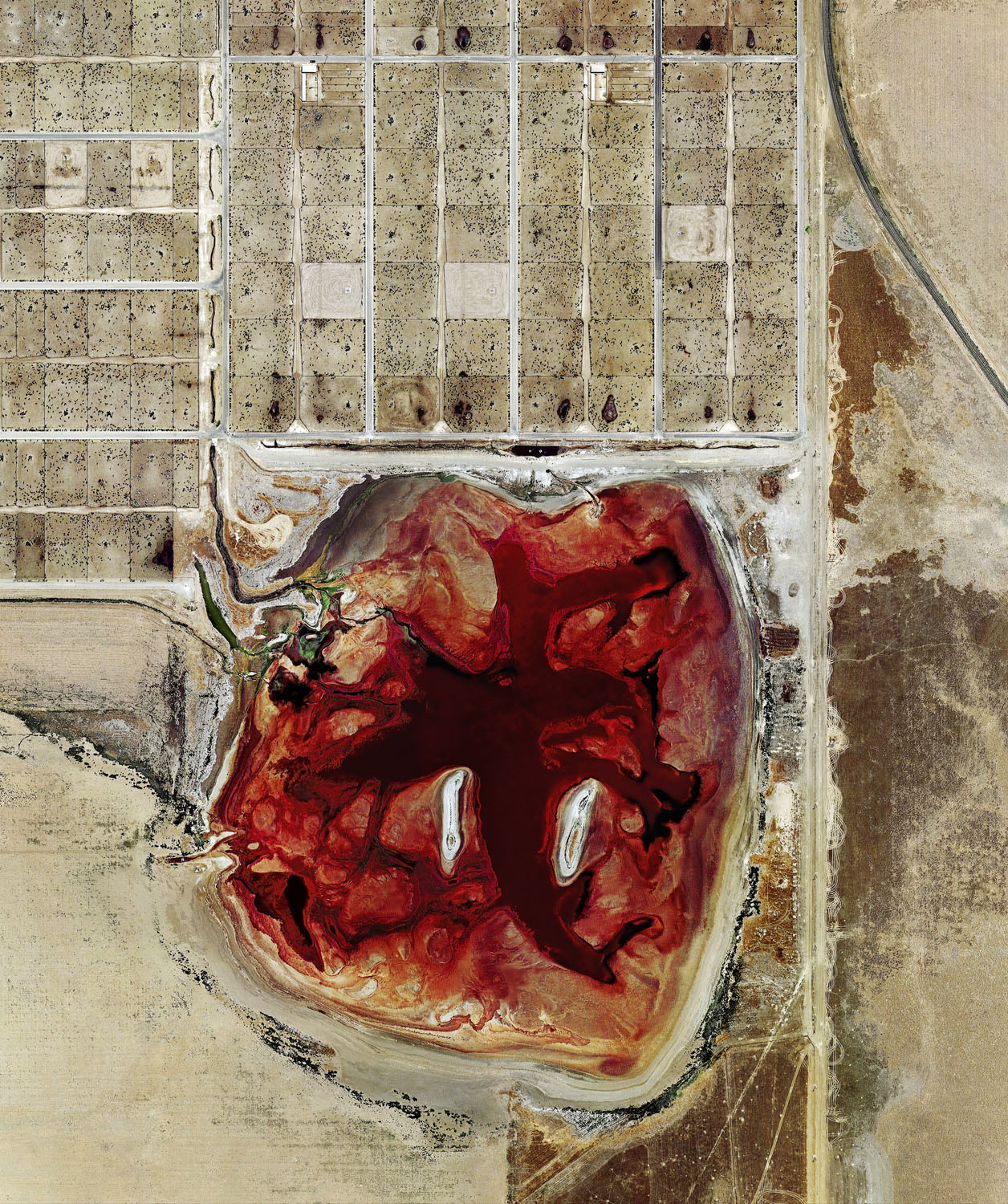
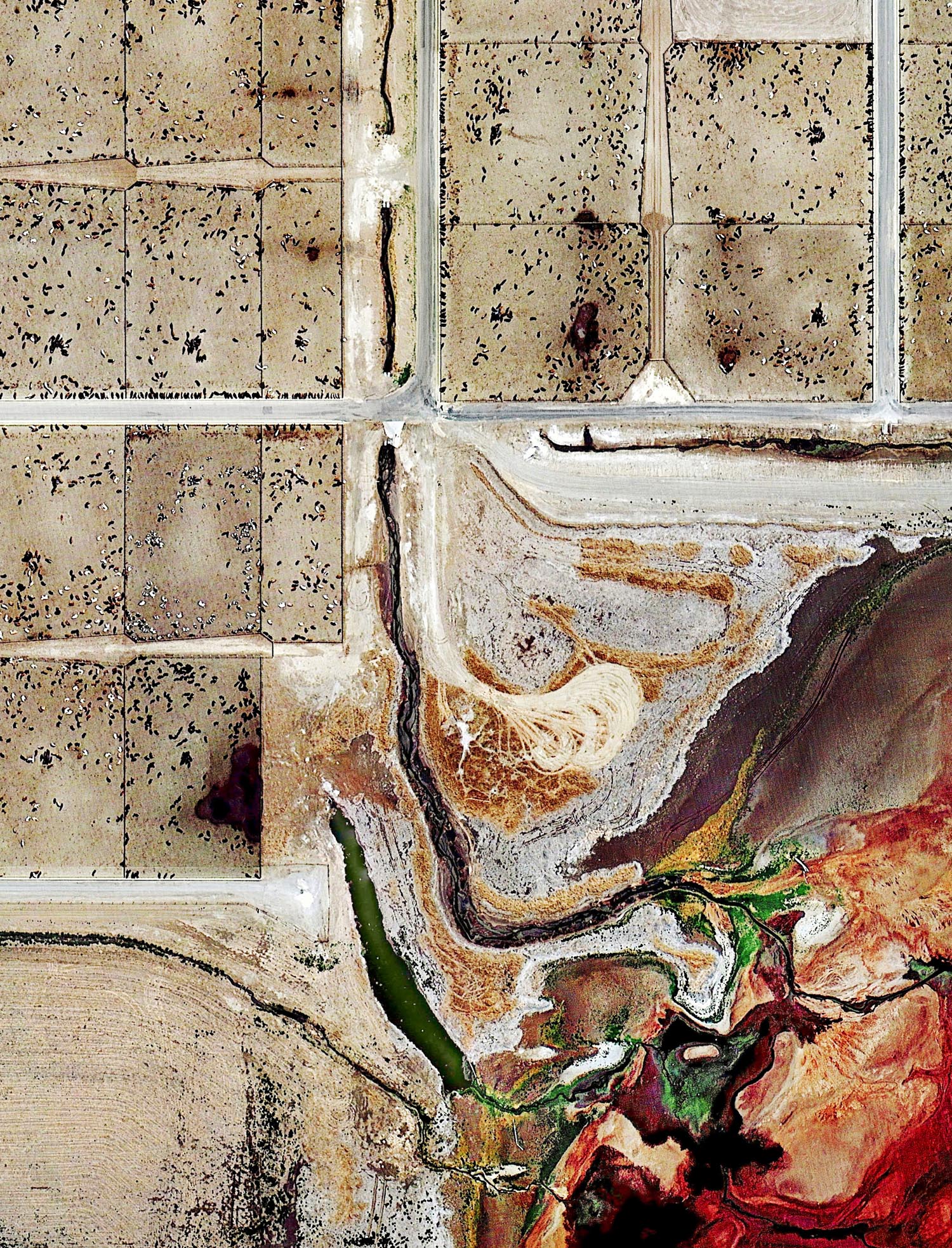
Coronado Feeders, Dalhart, Texas
Archival pigment print


Tascosa Feedyard, Bushland, Texas
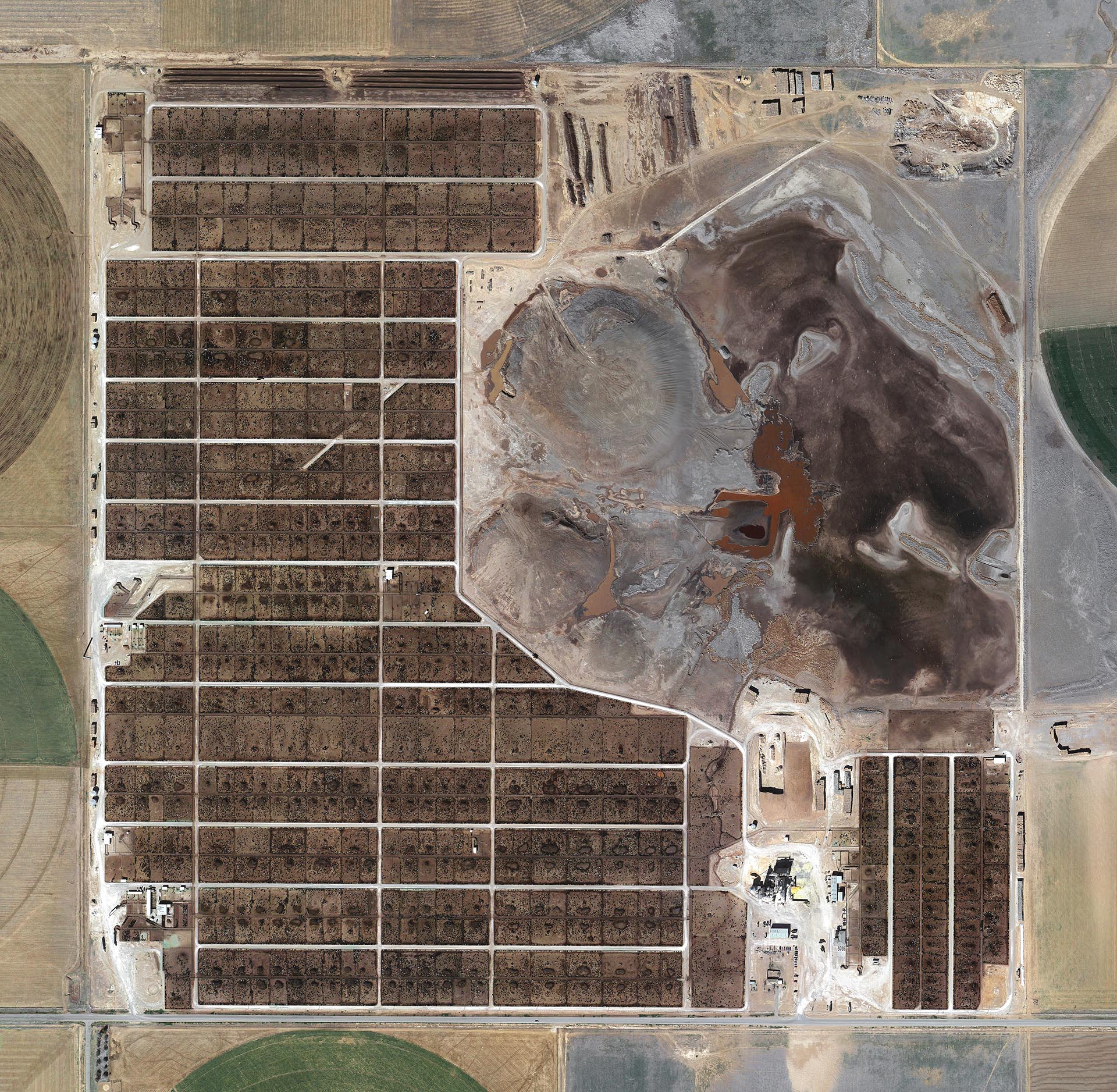
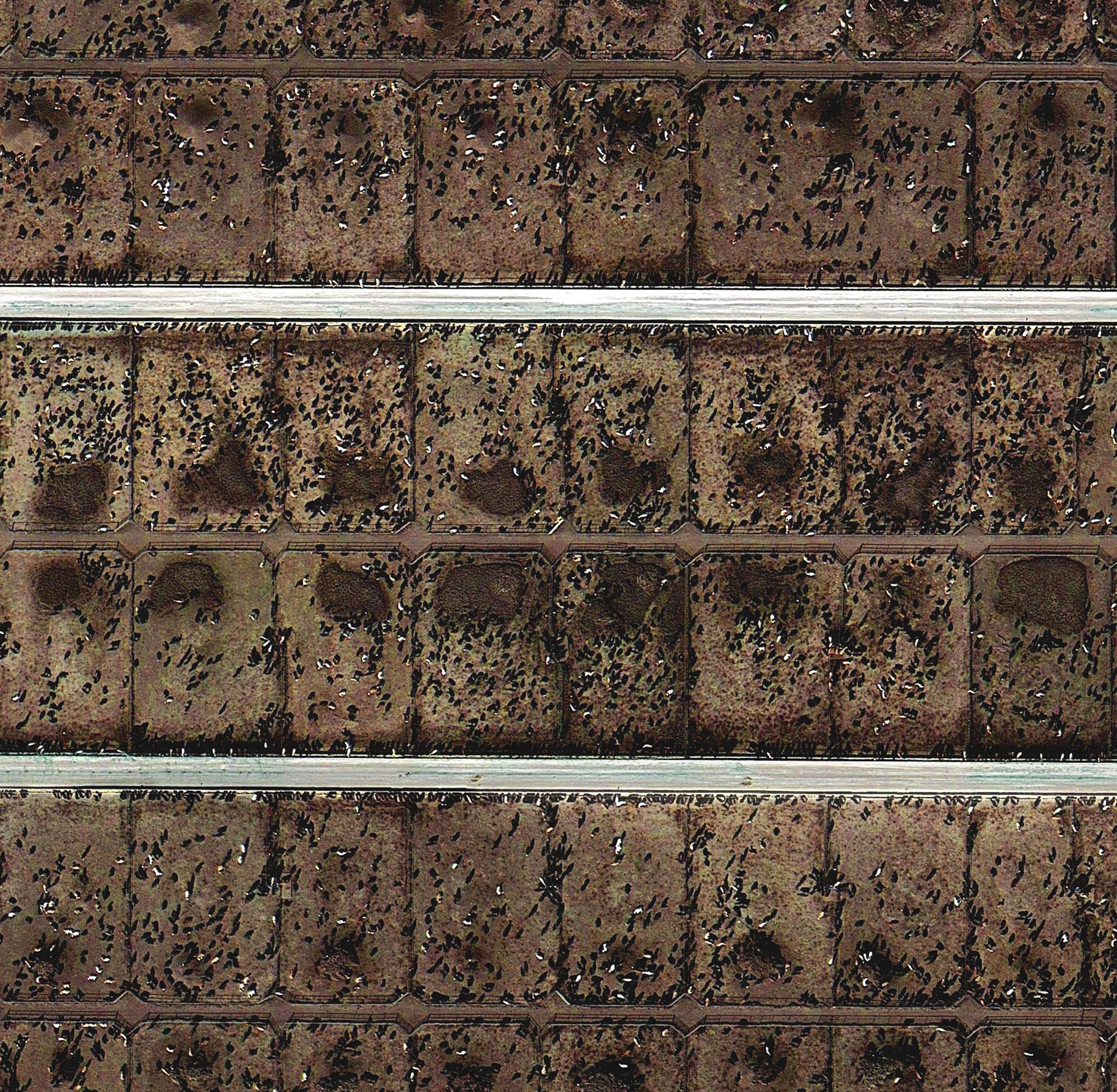
Randall County Feedyard, Amarillo, Texas
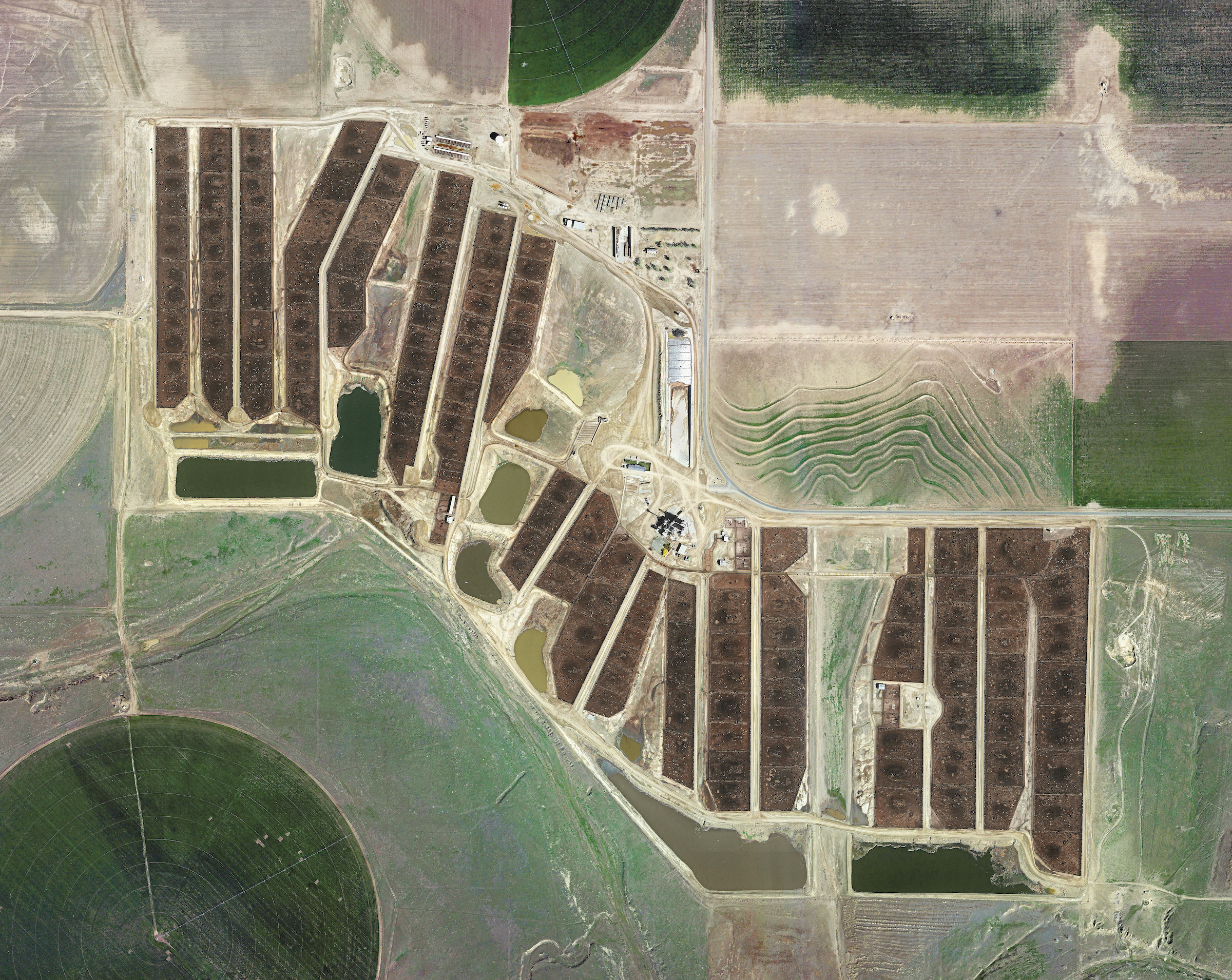
Centerfire Feedyard, Ulysses, Kansas

Friona Feedyard, Parmer County, Texas
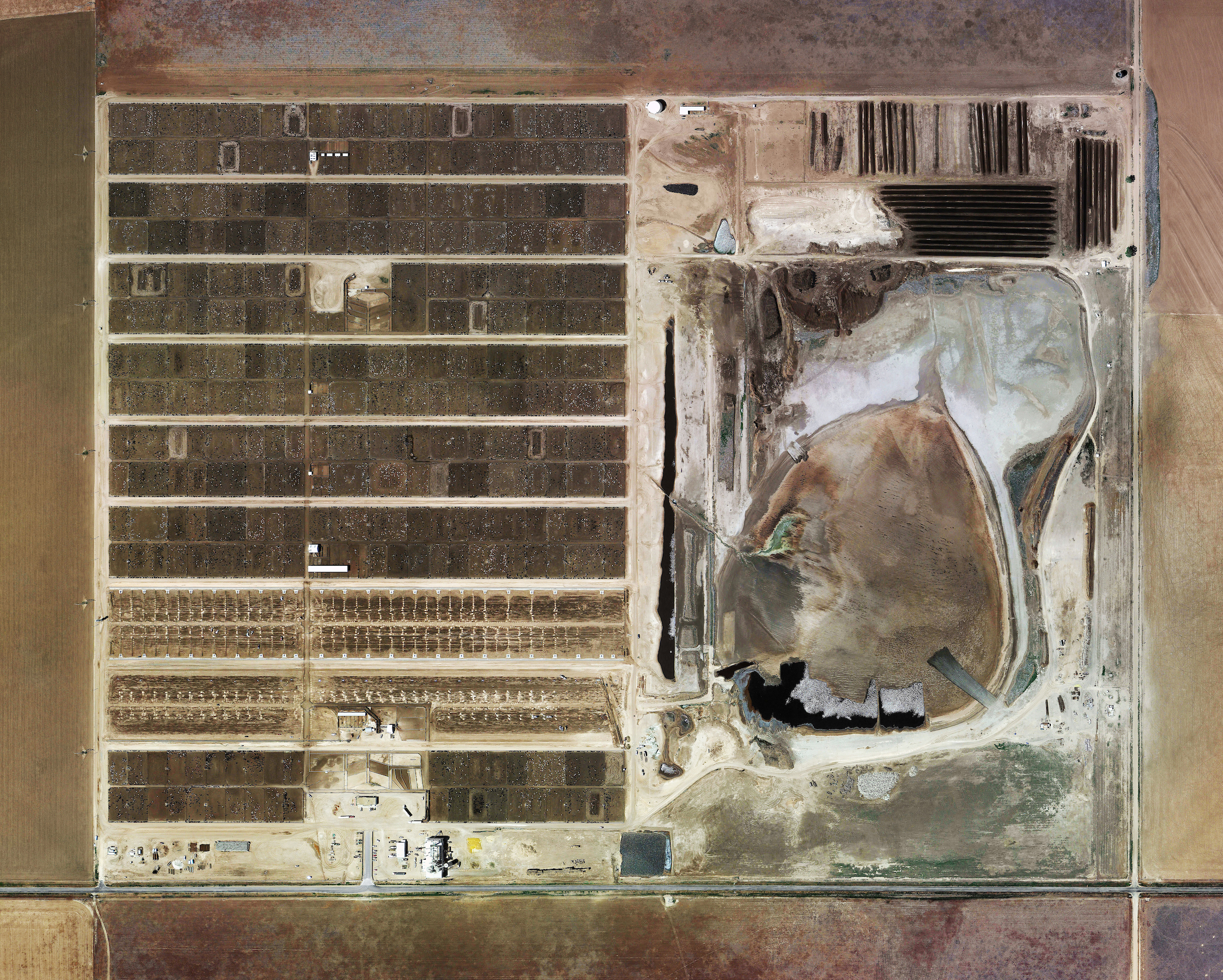
Wrangler Feedyard, Tulia, Texas

Black Diamond Feedyard, Herington, Kansas
Feedlot Primer
Mentions
Mishka Henner Uses Google Earth as Muse, Philip Gefter, New York Times
Feed Lots, Nicola Twilley, Edible Geography
Semi-Automatic: Mishka Henner, Lara Atallah, Art Forum Critics' Pick
How the Meat Industry Marks the Land, Op-Ed, LA Times
Factory Food From Above, Brandon Keim, Wired
Mishka Henner: Art as Geospatial Intelligence Gathering, Robert Shore, Elephant
Your Summer Grilling Meats Could Have Come From These Colossal Animal Feedlots, Slate Magazine
Landmark: The Fields of Landscape Photography (2014) William Ewing, Thames & Hudson
The Surreal Beauty of Feedlots by Satellite, Ben Valentine, Hyperallergic
The Man Who Laughed At Surveillance Technology, Alex Greenberger, Art News
Mishka Henner: a Duchamp for our times, Lucy Davies, Daily Telegraph
The Handbook of Textile Culture (2015) Jasleen Dhamija, Bloosmbury
Infectious Disease in Policy & Politics in Nursing and Health Care (2015) C Dentinger & J Simmerman
Perspectives on Place (2015) J.A.P. Alexander, Bloomsbury
Post-Photography: The Artist with a Camera (2014) Robert Shore, Laurence King
Feedlots, Colin Pantall, Foam Magazine
Mishka Henner, Sarah James, Frieze
The Human Stain, Michelle Legro, New Republic
Fed Up, Pacific Standard Magazine
Search History, Selina Oakes, Corridor8
Can a Feedlot Be Beautiful? Willy Blackmore, Takepart